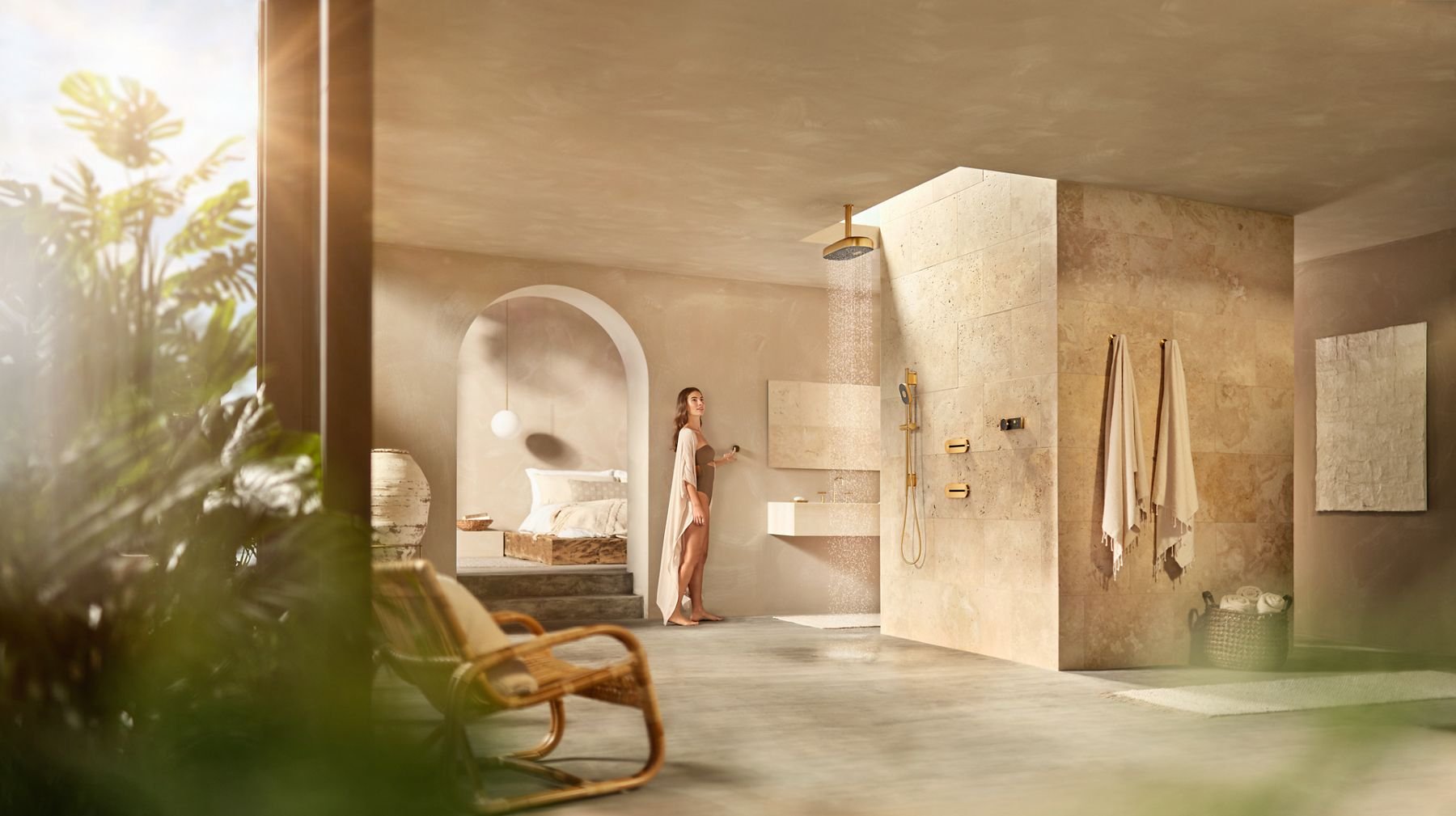Kohler: Endless Summer
In the summer of 2021, I received an unassuming phone call that ended up leading to one of the biggest productions I’ve ever worked on.
That phone call started out simple enough. “We need a grip/electric for a photo shoot, are you available?”
It was to be a lifestyle shoot for Kohler bathroom fixtures. Sure… simple enough. Having been working almost exclusively on product videos in my home studio during the pandemic, it seemed like a wonderful change of pace.
Producing branded content such as product videography & photography became a huge interest of mine. Prior to 2020, I hadn’t done any; but since then I’ve had a fondness for bringing a cinematic approach to telling a brand’s story.
They say in an art museum, a patron spends an average of only 8 seconds in front of a piece of art. Those are priceless classics, made by masters of their mediums. Leap ahead to someone scrolling the endless stream of content on social media, and it’s safe to image the average time spent looking at a piece of content has gone way down.
Can you create a piece of art / content / media compelling enough that it make the viewer stop scrolling and act? That’s our modern challenge as creators.
With Kohler, they are an amazing brand with a reputation for quality. Matching their standard of quality in design and craftsmanship, with equally high-quality imagery, was an especially compelling challenge.
Kohler’s indoor studio is something to behold. The size of half a football field, 3-stories high, and filled with dozens of kitchen and bathroom sets.
But the sets we shooting on were something else. They were the size of a small house, dripping in expensive tile, and appointed with the finest in decorations.
I soon found out that this was in fact a massive ad campaign for consisting of a hybrid photo & video shoot. We would be doing beauty / product shots of new fixtures for Kohler’s website, a lifestyle shoot incorporating models for domestic and international publication, and shooting video for commercials airing on broadcast television.
I was originally brought on for a 3-day stretch. That soon was made a permanent position on the production.
Although I primarily shoot video, the transition to stills photography on this shoot was seamless. The principles of shaping and crafting light are very similar, save for the relative light output of strobes vs continuous lighting, and the extra challenges of shooting at shooting at extremely high shutter speeds.
Where my experience came in particularly handy, was the transition we’d soon be making into video. Our schedule on the photography portion of the shoot was somewhat flexible. However, once we got to the video portion of the shoot, the production would expand significantly, with talent and a supporting crew arriving on set.
With only a few days to shoot the video portion, we had to make sure the requisite pre-production was done. With our gaffer on the photography portion having relatively little experience in video, I was to lead the effort on video.
We had tremendous success in capturing the photographer’s vision during the photography shoot. Our key concern for the video portion was replicating the look and feel of that photographic lighting in motion.
The concepts behind lighting for still photography translate very well to video (and vice versa). Where there are enormous differences, is in the lighting fixtures needed. Translating the watt-seconds measurement for light output found in strobe lighting to that of traditional film and video lighting like tungsten and HMI lights was particularly challenging.
For technical reference, a 1000 Watt-second strobe uses as much energy in one flash pop as a 1000 Watt continuous lightbulb uses in one second. Due to a number of variables, this is not a direct correlation. But as a rule, you will need many times the watt-seconds rating in continuous lighting to provide the same illumination.
After a fair amount of calculation, these conversions were done, our continuous lighting package was finalized, and we were ready to shoot.
One thing we were lacking on the photography portion of the shoot, was some additional grip, rigging, and light modifiers. In theory, the standard grip package was enough; in practice, and in challenging lighting setups, it fell short. This need for additional equipment was actually genesis of the 1"ish"-ton grip package that Haban Media Works offers today.
Those additional resources proved very necessary. In photography, an image can be edited and stitched together from any number of shots and plates. In video, this is massively more difficult, and getting lighting and everything perfect in-camera, with nothing in frame, is essential.
In the end, our success during the video shoot was the product of careful planning, and the flexibility afforded by having more grip and rigging options on set. We were able to move through the shoot efficiently, and capture some beautiful shots.
At the end of the summer, we had filmed and photographed for nearly 10 weeks, producing gorgeous content for the client. What was once thought to be a small-scale shoot for a few days, ended up lasting longer, having a higher budget, and generated more terabytes of data than 80% of the independent features I’ve worked on. The content produced has now been released online, and commercial advertising featuring our work can be seen on broadcast television.










